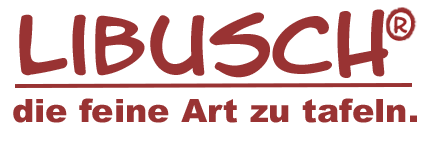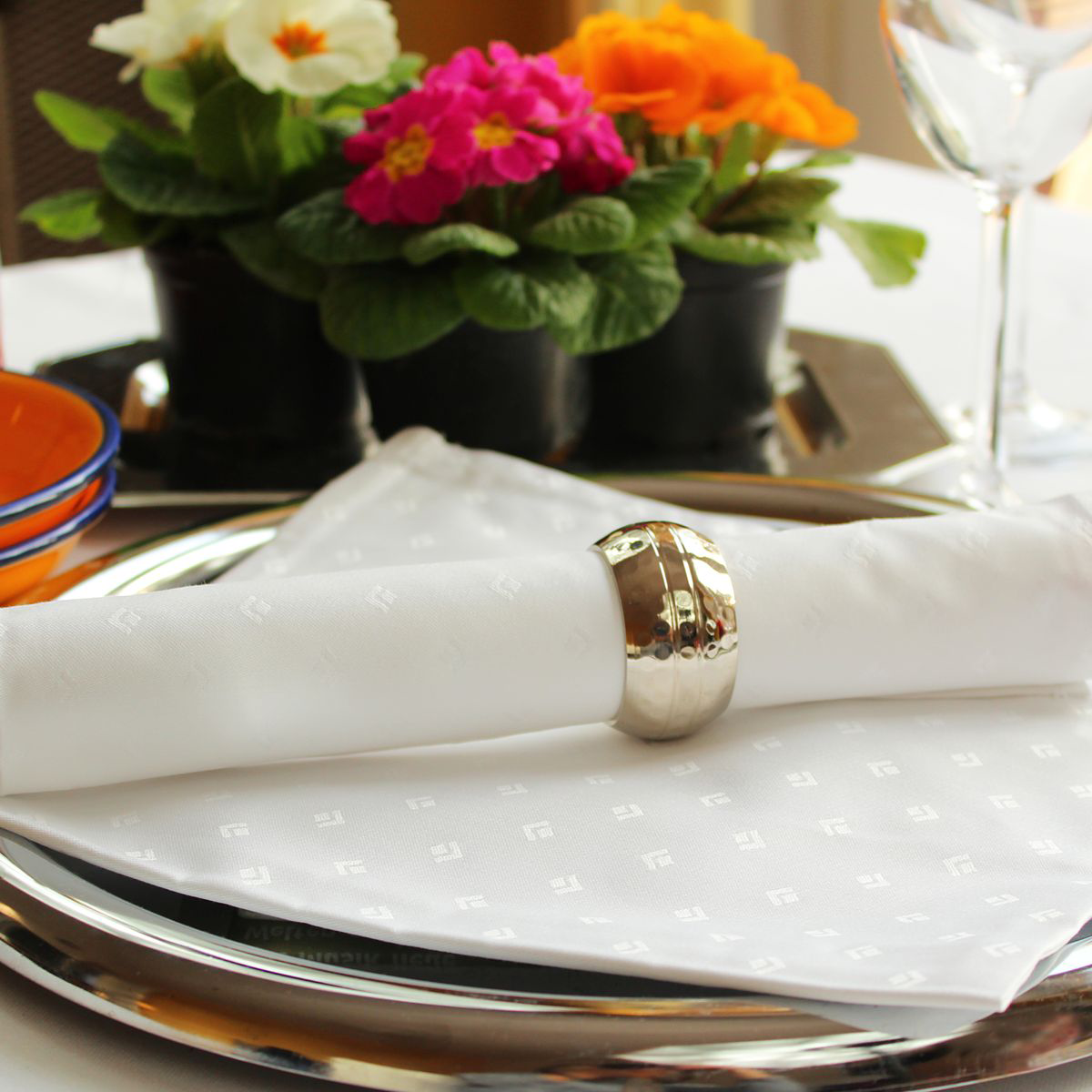Stain Removal Tips: How to Remove Stains from Tablecloths
Many of our tablecloth shop customers frequently ask us about how to remove stains from their table linens. To help you, we have compiled practical tips and tricks for treating different types of stains. Please note, however, that we cannot guarantee the effectiveness of these methods and strongly advise you to always test the colorfastness of your fabrics before treating any stain!
-
Burn Marks on Tablecloths
Small burn marks on white table linens can sometimes be removed by moistening with cold water, sprinkling with salt, and leaving the fabric to bleach in the sun. If the fabric is badly damaged, it cannot be restored. -
Curry Stains on Tablecloths
Because curry stains are very persistent, first rinse them with lukewarm water, then gently dab with alcohol or spirits (even cologne can work). For delicate fabrics, blot carefully instead of rubbing. Wash as usual afterwards. -
Grease and Oil Stains
Before washing, treat grease or oil stains with gall soap or dishwashing liquid. Stubborn oil stains can also be dabbed with alcohol or spirits. Fresh grease can be absorbed with potato starch and brushed out, or even treated with raw potato peels. -
Fruit and Berry Stains
Strawberry, blueberry or cherry stains can often be removed with lemon juice. For tough stains, pre-treat with borax solution or salt, then rinse thoroughly in hot water. -
Ink, Pen and Marker Stains
Felt-tip pen stains can be sprayed with hairspray, left for 15 minutes, and then rinsed out. For ballpoint ink on white fabrics, use bleach. On colored fabrics, apply toothpaste with a toothbrush, work it into the fibers, then rinse well. -
Wine Stains on Tablecloths
Fresh red wine stains can be treated by soaking in hot milk and then rinsing in soapy water. Alternatively, lemon juice or white vinegar can help. Older wine stains may need diluted ammonia solution. -
Wax Stains on Tablecloths
Place blotting paper or kitchen paper over the wax and iron on medium heat until absorbed. Residual colored wax can be treated with vinegar water.
Washing and Detergents for Tablecloths
We want you to enjoy your cotton napkins, damask tablecloths, linen napkins, and white or colored table linens for many years. That’s why we carefully select only high-quality fabrics with durable yarns, excellent colorfastness, and long-lasting form stability. Please keep the following washing tips in mind:
- Most of our tablecloths include care labels sewn into the hem. Please follow the specific instructions for each fabric. Almost all of our tablecloths are suitable for boil wash.
- All textiles shrink slightly during the first wash—up to 5% with hot washing. Our size specifications already account for this.
- For white tablecloths, it’s fine to use detergents with optical brighteners. For colored table linens, always use detergents without optical brighteners to preserve brilliance.
- If there are no stubborn stains, a 60°C wash is usually enough to restore napkins and tablecloths to a fresh, clean condition—gentler on the fabric and prolonging its lifespan.
- Do not allow stains and dirt to dry in for too long. Wash your table linens promptly after use, and pre-treat stubborn stains with liquid soap for the best results.

